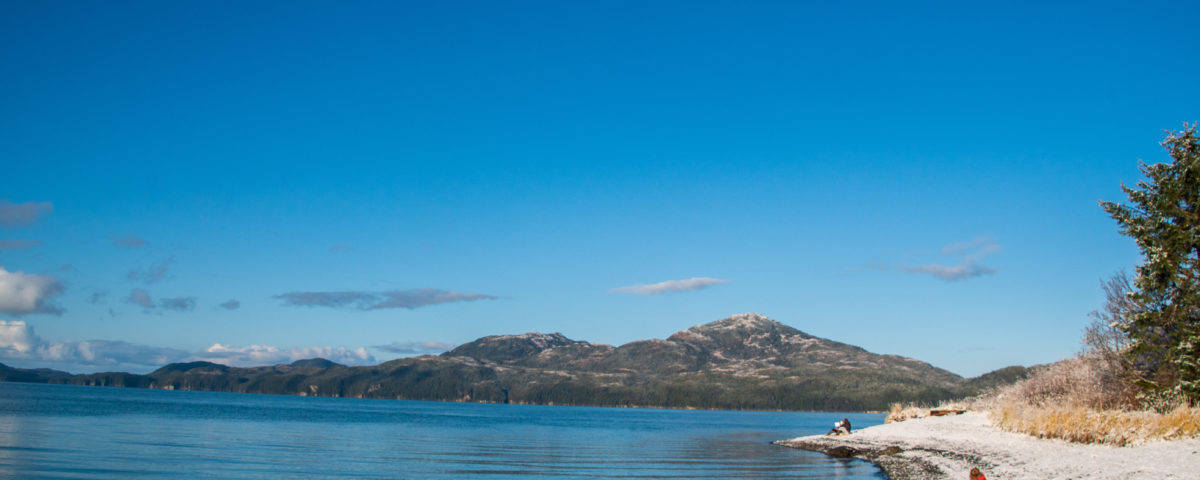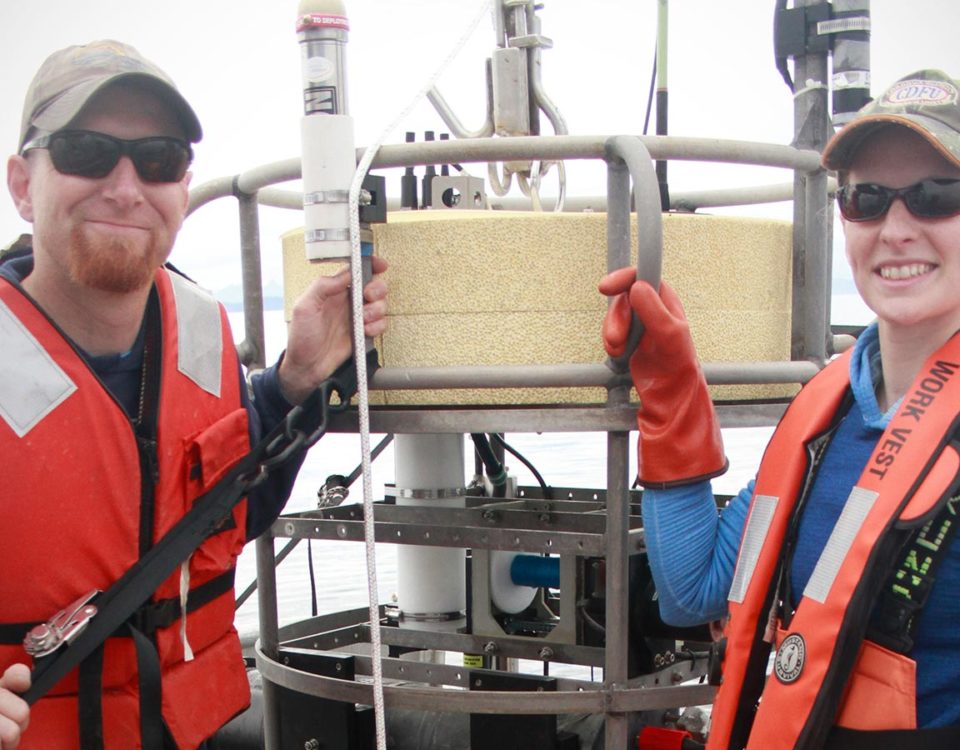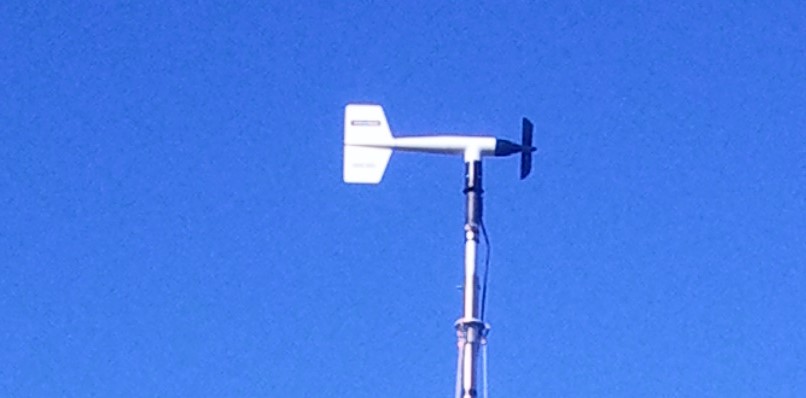CO2 uptake via chemical weathering of glacial particles in the ocean

PROJECT
CO2 uptake via chemical weathering of glacial particles in the ocean
BACKGROUND
Chemical weathering of primary silicate minerals removes CO2 from the atmosphere. CDR proposals envision the widespread addition of fine-grained particles to the ocean to accelerate weathering. Natural glacial melting adds fine, weatherable particles to the coastal ocean, and this approach can be tested without mining, milling, or particle distribution. Prince William Sound (PWS), Alaska, is a deep estuary where multiple glaciers discharge particles into fjords. Each fjord offers semi-independent experimental conditions with unique particle mineralogy, water flow rates, and biogeochemical fluxes.
PROJECT DESCRIPTION
We have identified candidate PWS fjords that span a range of sediment input rates, including a control without glacial inputs, some with glaciers overlying granitic rocks, and another with a glacier overlying rapidly weathering tholeiitic metabasalt, that were surveyed in 2021. Glacial fjords follow classic estuarine circulation, with sediment-laden water flowing outward along the surface and new seawater flowing inward at depth. This well-characterized circulation makes fjords a natural reactor and an ideal location to measure rates.
The distance along the outward flow path represents longer particle weathering times. It allows for cumulatively longer air-sea gas exchange while estuarine return flow accumulates fluxes from particle weathering in the sediments. We measured alkalinity fluxes, geochemical proxies for weathering, dissolved trace metals along these flow paths, and tracers for weathering in sediment pore waters. We also measured CO2 uptake in the surface water together with geochemical proxies that can attribute this uptake to specific processes. Using this natural laboratory, we will determine the rate of alkalinity addition from particle weathering in real-world seawater conditions, test the link between alkalinity addition and atmospheric CO2 removal, and evaluate how metals released during weathering impact marine systems. These data will ultimately inform feasibility studies, uncover scaling issues, and provide a proof of concept supporting future CDR efforts.
LEARN MORE
PRINCIPAL INVESTIGATORS
Rob Campbell
PWS Science Center
rcampbell@pwssc.org
Alex Gagnon
University of Washington
John Crusius
USGS
RESEARCH PERIOD
2021-2024




